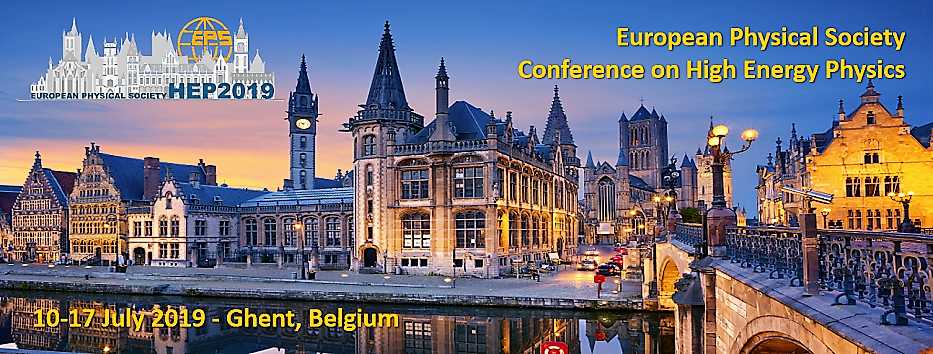Speaker
Description
Beauty quarks are considered to be effective probes of the Quark-Gluon Plasma (QGP) produced in ultra-relativistic heavy-ion collisions. Since the b quark has a large mass, its production takes place mostly in initial hard scatterings, and it is calculable using perturbative QCD. Thus, beauty quarks can be considered as ideal self-generated penetrating probes of the created medium and utilized to investigate mass-dependent properties of in-medium parton energy loss or cold nuclear matter (CNM). The measurement of beauty-jet production in p-Pb collisions is fundamental for the investigation of CNM effects, like the modification of gluon Parton Distribution Functions in nuclei with respect to protons or energy loss in CNM. Understanding these effects is necessary for the proper interpretation of results in Pb-Pb collisions.
The ALICE experiment at the LHC exploits excellent particle tracking capabilities, that allow for a precise jet reconstruction and for the identification of B-hadron decay vertices, displaced hundreds of micrometers from the primary interaction vertex. The large statistics of events have been collected in p-Pb collisions at √sNN=5.02 TeV in the LHC Run-II allows us to measure beauty-jet production down to relatively low transverse momenta, constraining CNM effects in a range relevant for testing different energy loss models in Pb-Pb collisions. The poster will present the inclusive pT spectrum of charged b-jets in the range from 10 to 100 GeV/c measured in p-Pb collisions by ALICE.
